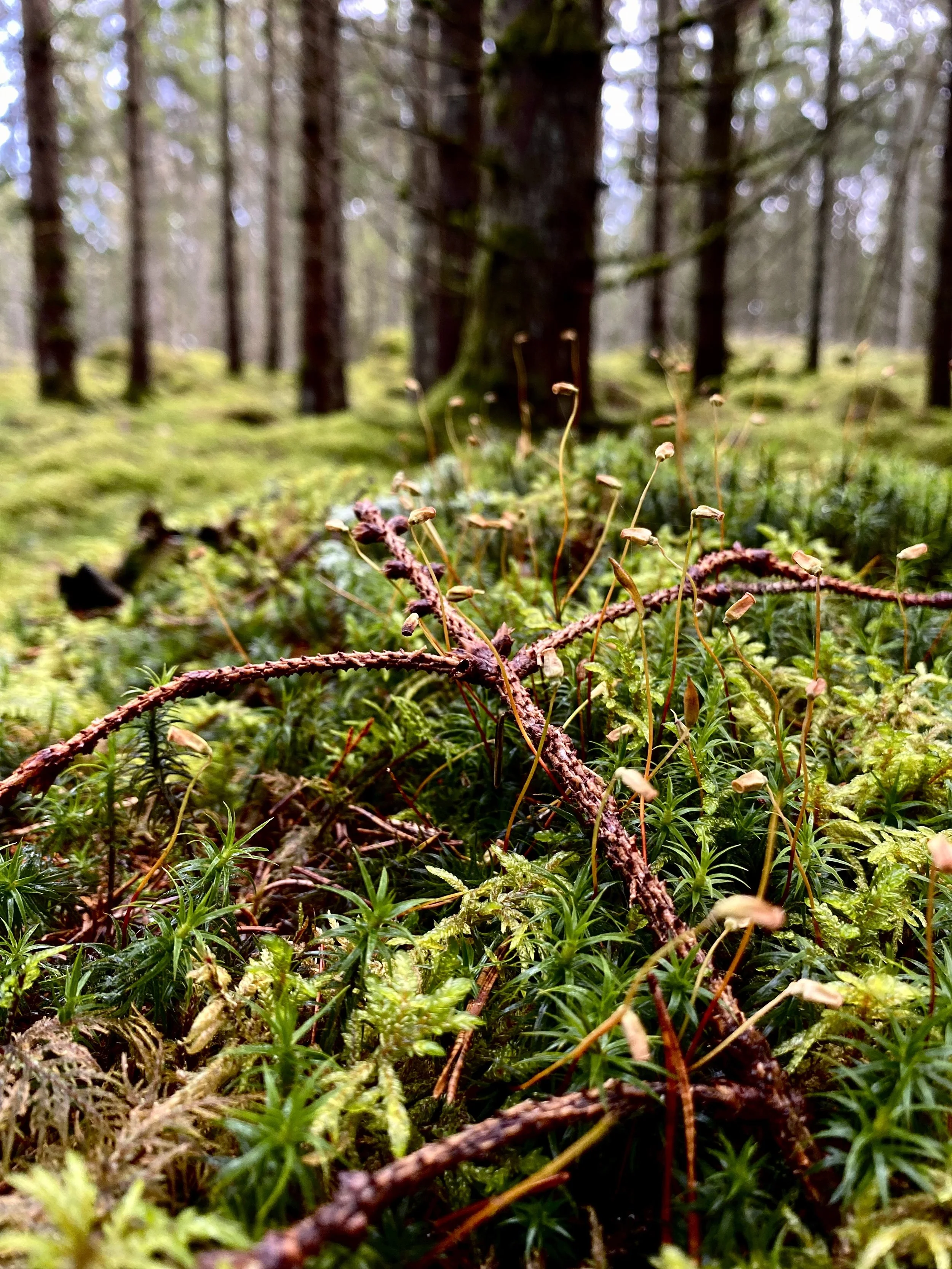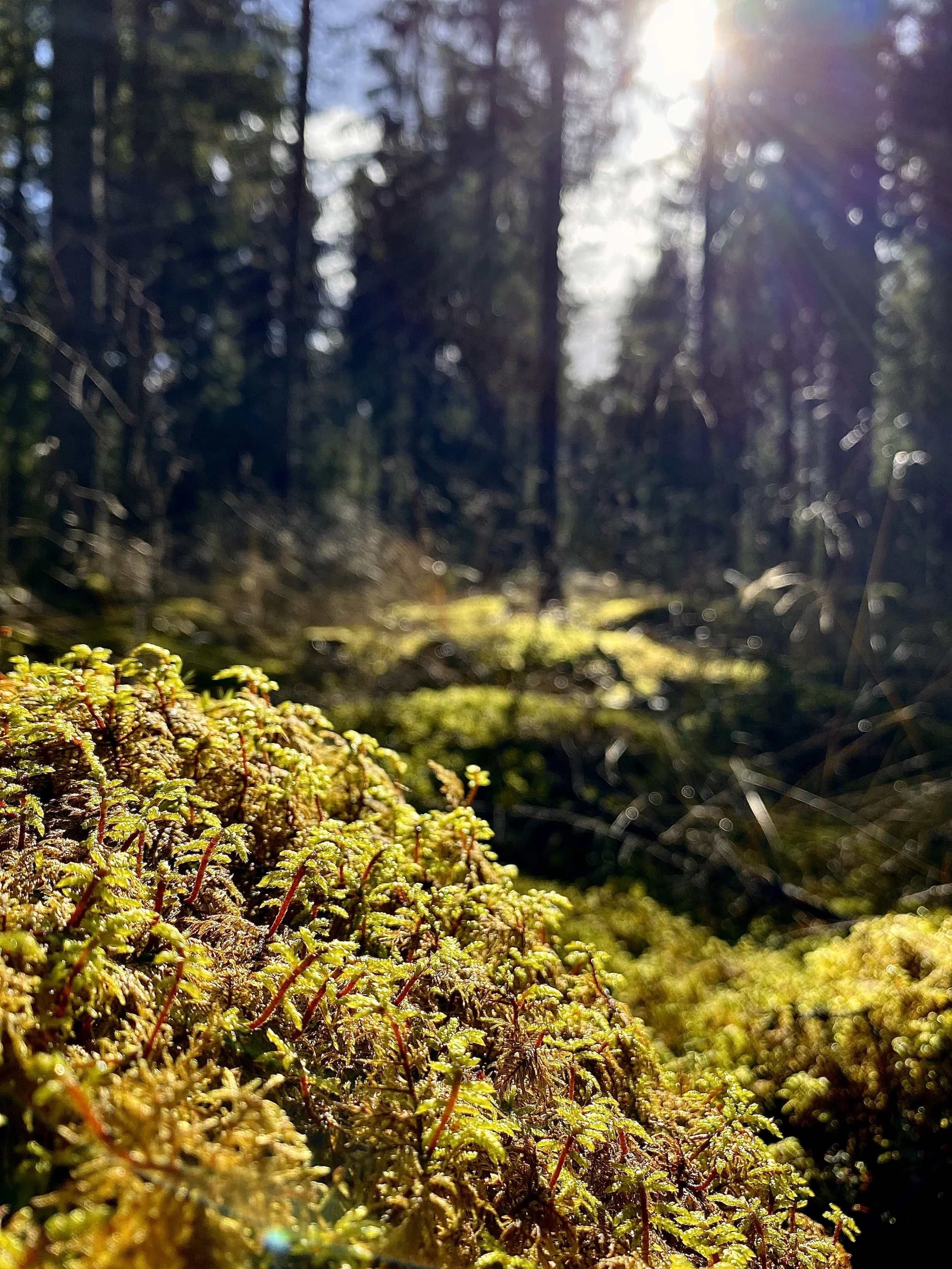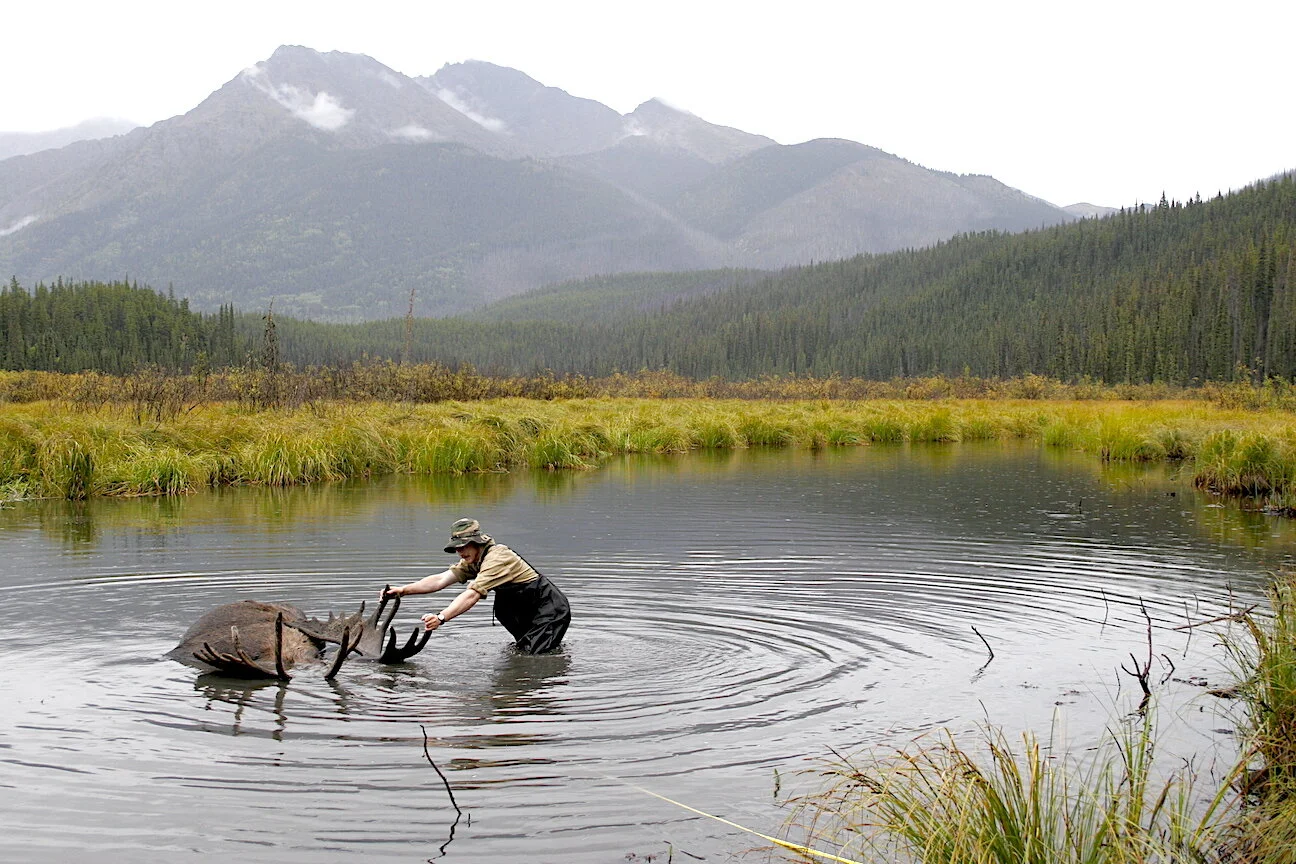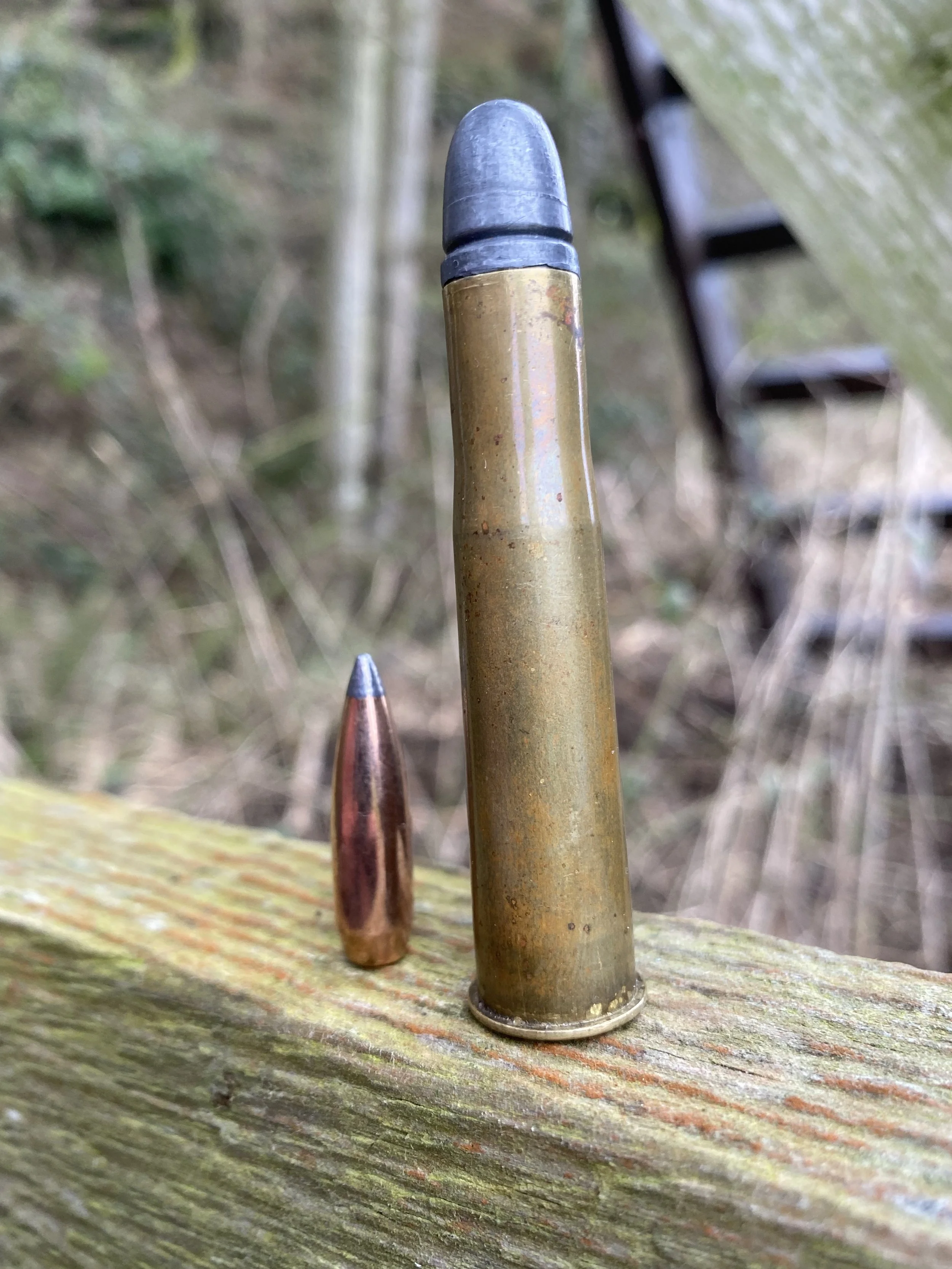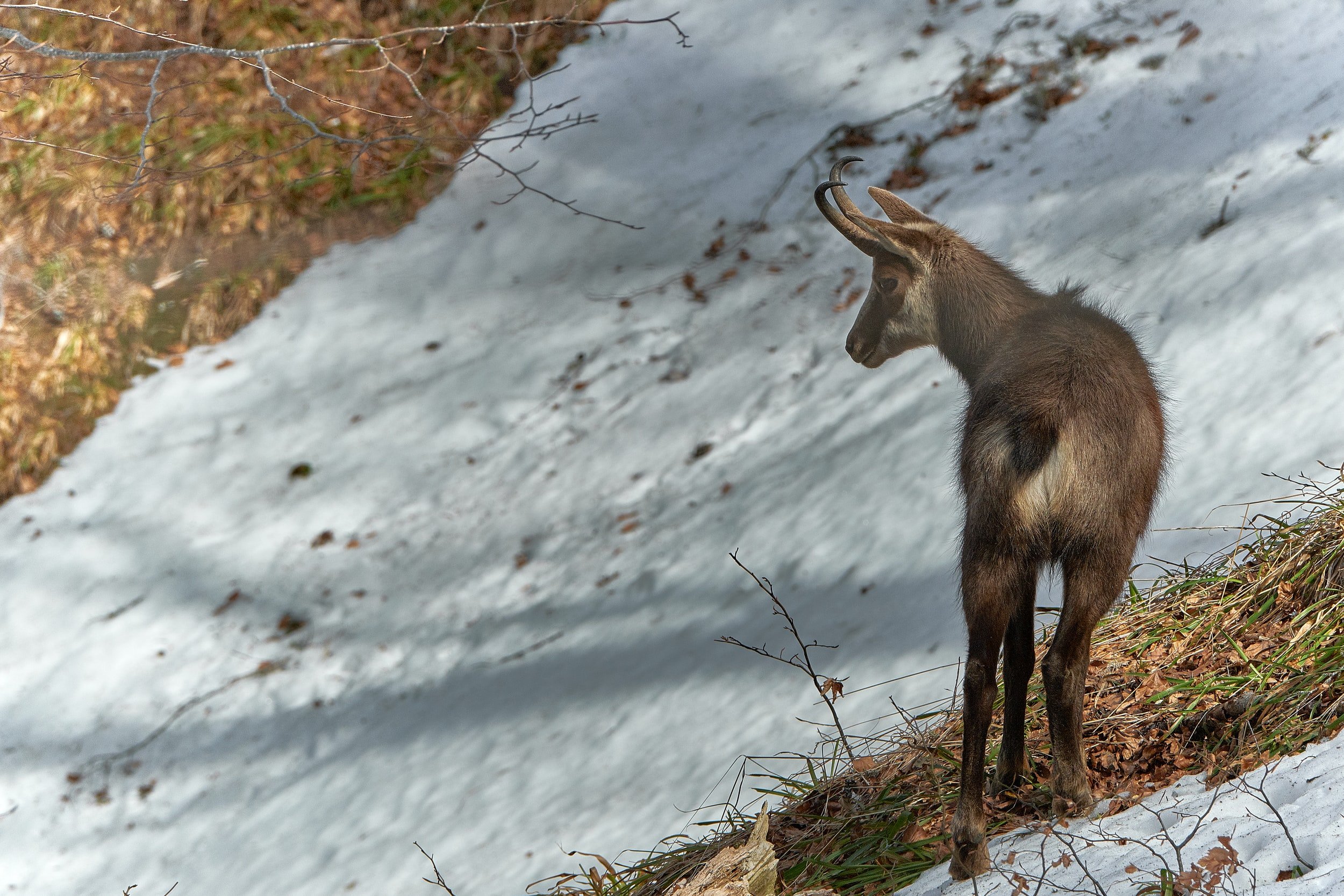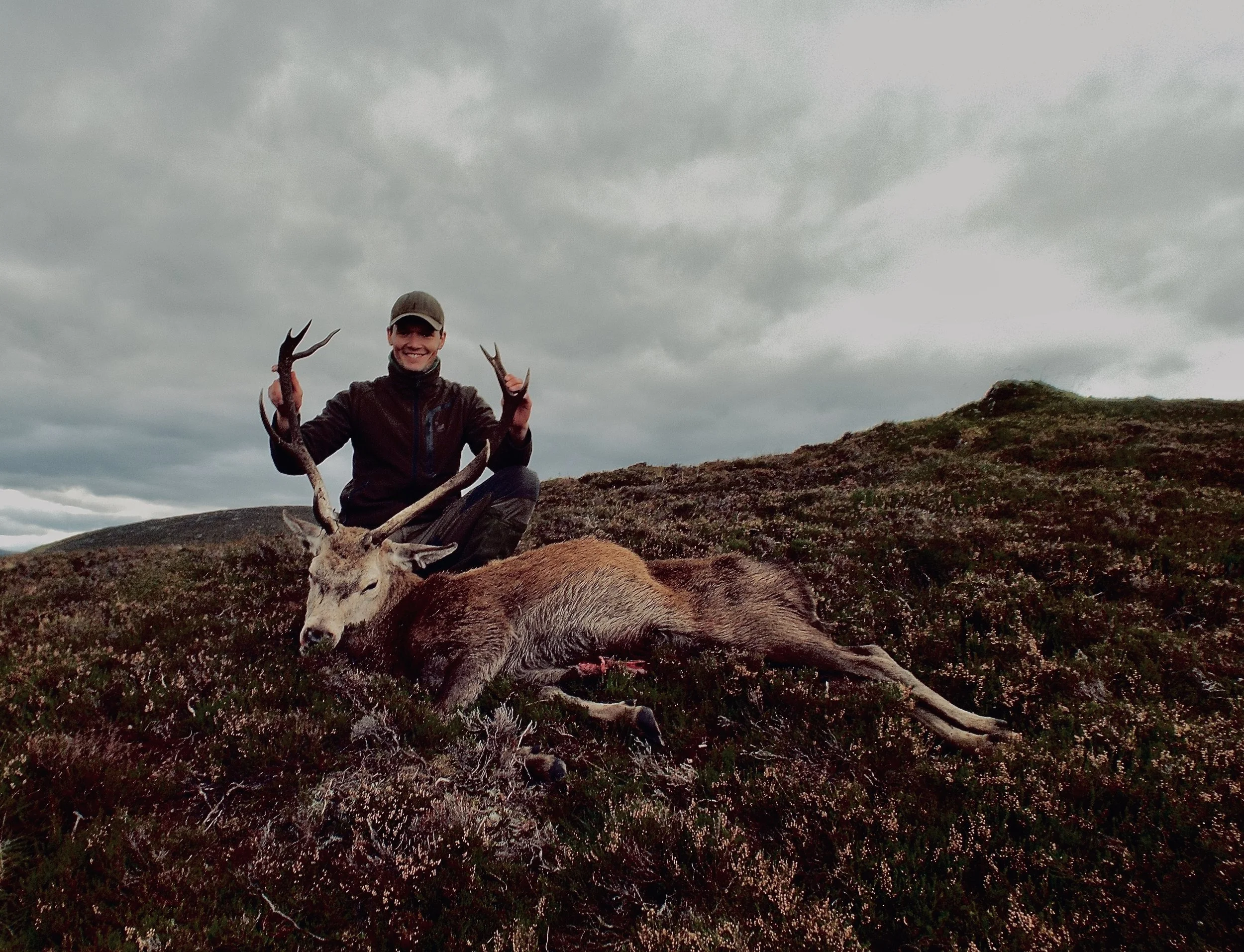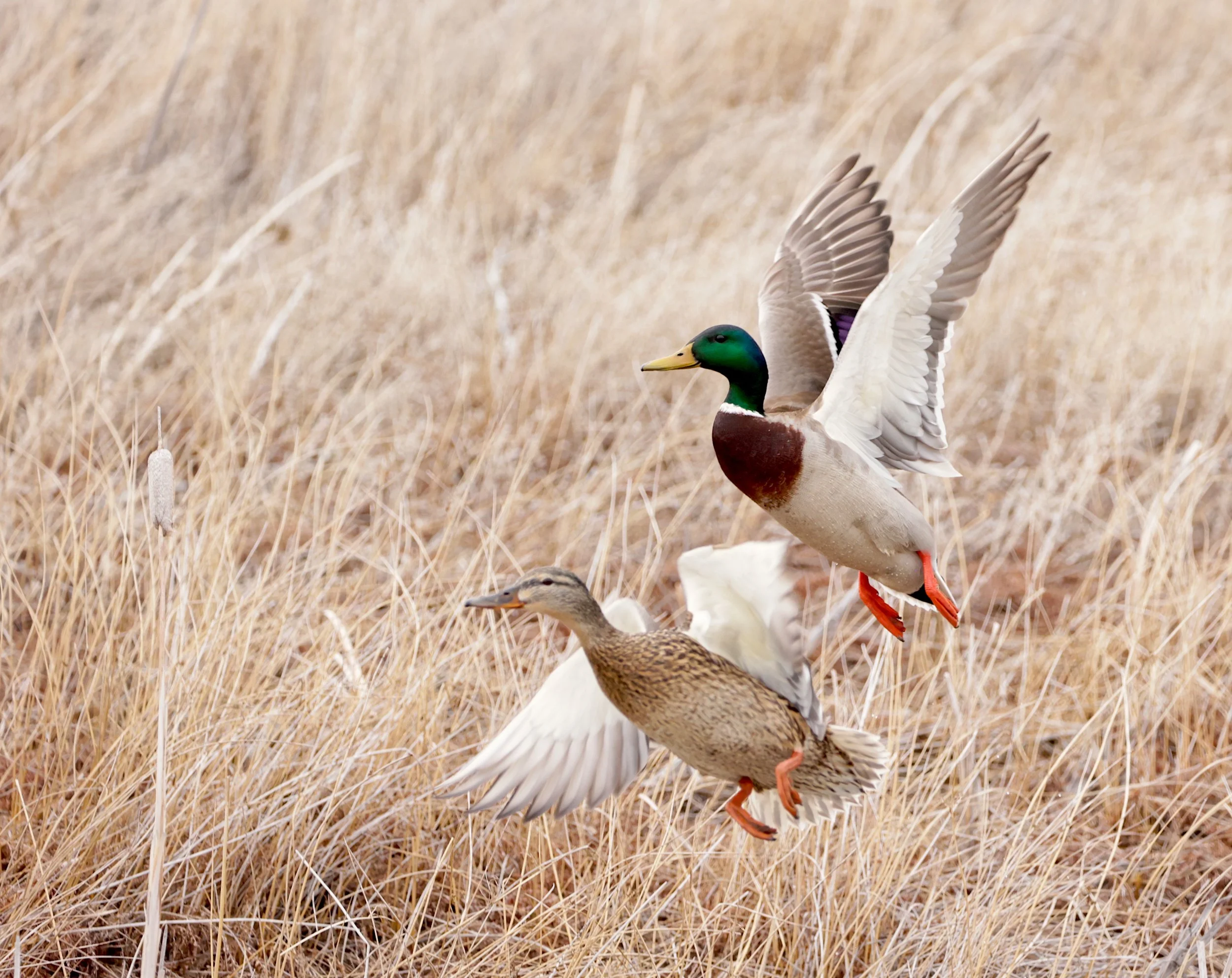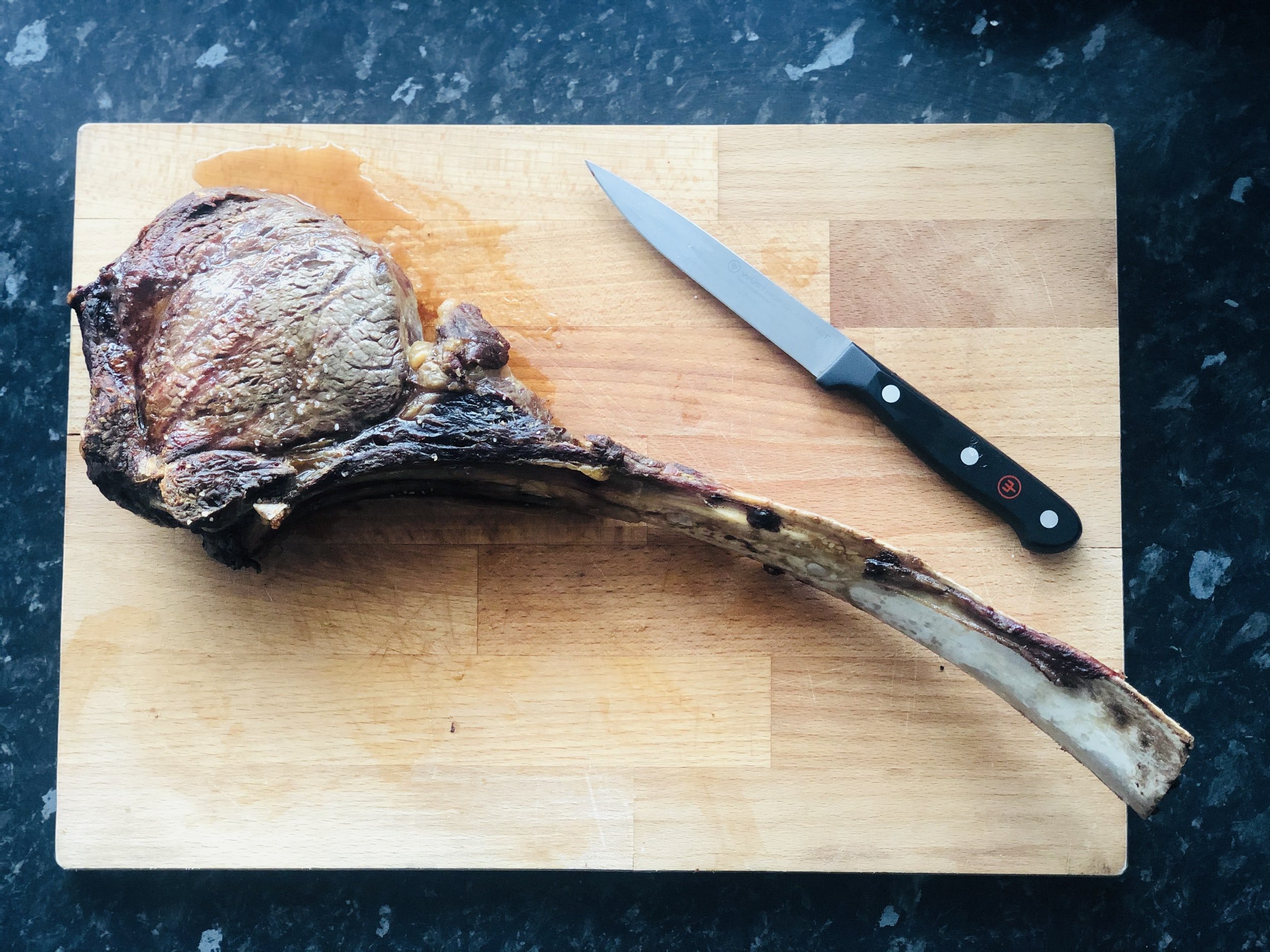Six Ways to Improve Your Stalking
Being as stealthy as possible while moving through hunting grounds is essential. If you're trying to still hunt through potential bedding areas, closing in on game you spotted from afar, trying to sneak to your tree stand for a sit, or you're tracking bucks as they do in New England, every noise you make is too much. Every time you step on rustling leaves or cracking sticks, you tell your quarry you're coming for them. It takes a lot of awareness and concentration to move silently through dense cover and still detect game before it detects you. Each step must be taken consciously. Thinking ahead and determining the quietest path to where you're heading takes time and practice.
If you're doing it right, stalking or still hunting through cover is a fantastic way to fill your tag. You can even approach wary predators like foxes that like to sunbathe on cold but sunny winter days. The pros of this hunting method include the proximity of game encounters, the constant awareness you need with no boring downtime (think: no time to dive into your mobile phone to kill some time), and the great satisfaction of hunting like our four-legged predators. Everyone who ever inched towards a bedded buck, bull, or boar and took it without being busted will know. Fooling the incredible senses and survival instincts mature animals exhibit is quite an achievement.
The best way to improve your stalking skills is through practice. Find out what works best for you. Which gear gives you favorable chances? What weather conditions give you the best opportunity in your specific hunting spot? Making and learning from mistakes (e.g., being busted because of noise or movement) is a surefire way to enhance your skills. Stomped on a branch under leaves? You'll know better next time. Swirling winds gave your presence away? Wait for a steady breeze before you step into cover again.
You might hear people complain that you're ruining bedding areas or the game's sanctuaries by sneaking through and leaving your scent. And it's true to some extent. But it has always been practice, tries, and failures that led to growth and improvement. So I don't mind the blown stalk that might ruin a place for some time. Hunting is supposed to be fun, too. And sometimes, it's not only success that equals fun in hunting. As soon as I solely depend on the meat I harvest in the woods, I will use the most successful method exclusively. But until then, I want to enjoy my time outdoors. And if that means I'm not as successful as I might be from a treestand from time to time, so it be.
Although the practice is the best way to improve your stalking, the following tips may ease your learning curve.
Right Footwear
Most hunters wear either hiking boots or rubber boots while hunting. Those are great for a lot of hunting scenarios. But being extremely quiet on forest ground is easier with different shoes.
I like to wear well-broken running shoes while inching through the cover. They protect your feet from all sorts of thorns and stones but give you much more control while planting your feet. Stiff boots with thick soles are great for uneven ground where you need grip and want your ankles to be supported. The advantages of rubber boots are self-explaining. But both types are not perfect if you need to take steps in awkward positions, stop mid-step with your foot up in the air, want to test the ground slowly, or want to carefully kick away a twig. Rubber boots can also make squeaking noises that animals recognize as not natural.
Soles should not be white, as they are in many models of running shoes. Look for a dark or dirty sole that won't give you away.
Stalking in plain socks might be another option, but one thorn in your foot can ruin your entire hunt, so I'm no fan. Still, they might prove even better than running shoes depending on the exact ground you're traveling on. But I find those to be the best of both worlds: protective and supportive enough while leaving enough room for fine motor skills.
Tight Fitting Clothes
Loose-fit clothes are usually very comfortable. But when crawling through dense vegetation, loose sleeves tend to get caught by twigs. The movement necessary to remove your clothes is truly superfluous. The movement will give your presence away more often than anything else, including silhouettes. You don't want a big buck to jump away because you held your gun in your left hand while getting free of some tendrils with your right. Or vice versa if you're a southpaw.
Also, loose clothes create more noise when folds rub against each other. Depending on the fabric, this can be neglected or important. It's best to try that in quiet surroundings.
Tight clothes in muted colors or camo patterns matching the surrounding growths in darkness work best. Especially when the sun falls through the treetops, creating thousands of shades and shapes, camouflage clothes are not as essential as sellers tell you. They might help, but don't break the bank on some expensive new gear because you think you have to. You don't. But of course, you can if you want to. On the other hand, covering the face and hands is a good idea, especially with light-colored skin.
Waiting for Good Weather
I don't mean good weather like non-hunters would define. Good weather for stalking and still hunting can be a sunny, slightly windy day after some rain. The ground cover is wet, not crunchy. The sun creates the aforementioned shades, speckles, and shapes. The wind lets them constantly move, covering up your movements. It also swallows the noises you undoubtedly make and gives you clear direction from where to head into the area. Taking a step or two with every breeze rustling in the trees above you works great.
Not everything needs to be perfect, but accounting for the wind direction is critical. Swirling wind will give you away sooner or later, so avoid hunting in such circumstances. You will likely disturb the game with no reasonable chance of closing the gap.
Strong winds aren't perfect, either. The flicker of an ear is more difficult to spot, too, as not only the animal's ability to spot you is decreased. Also, stronger gusts push game into the thickest stuff. No matter how skilled you are, you can't stalk into thickets as dense as a brush.
Choose the Right Sight for Quick and Close Shots
Iron sights or non-magnifying optical sights suit this type of hunting best. Even low-powered scopes have several disadvantages for extreme close shots. First, it is not easy to aim true when you have little to no side picture. That's even more true for moving targets. Second, you won't notice little branches and other hindrances in your shooting lane due to magnification. Although not everyone agrees, I'm convinced that even slow and heavy projectiles can be deflected by small branches blocking the path to the quarry's vital zone. You'll find a hole to poke the bullet through much more reliably without even 2x magnification. The nature of still hunting, and its appeal, means 50-yard shots are long. Those shots are not too hard to learn to take without magnification. In the same vein, the importance of practicing quick and precise shots with your chosen sight is needless to mention.
Light and Low-Power Binoculars
Low magnification binos will help you dissect your surroundings after each and every step. Each step taken opens new angles to explore. And it would help if you took the time to do so with your binos. Often it's a little patch of hide, a moving ear, or even the breathing giving away the presence of game. Spotting and then identifying your quarry precede all further action. Your binos will even help you find and reach the best position to take a shot from. You don't need the most expensive and "light gathering "optics (although optics never really gather light, they just transmit it to a higher or lower degree). Light and handy for single-handed use is the way to go here.
Patience, Patience, Patience
This is probably the most critical message of this article. It is a lot harder to take one or two hours to progress, only a hundred to maybe three hundred yards, than you'd think. Patience is a skill one must master before becoming proficient at still hunting. Once you withstand the urge to "get forward" and realize that the distance you travel is unimportant, you'll move much more stealthy. So always remember: take your time. Nothing is more suspicious than the constant sounds of you moving through the cover. The more time you take between steps, the less suspicious animals will be, even if they hear you. Think of all the sounds of small twigs snapping, leaves rustling, and acorns falling while sitting completely still in a stand. Those sounds are familiar but not constant. A noise every now and then is nothing to fear from an animal's perspective. Additionally, being slow is also best for visual camouflage.
And…One Last Thought
Learn to switch off your safety without making any sound. Any metallic klick can jumpstart an animal without offering a shot on a second's notice.
Take these recommendations and think about what you can implement into your stalking. You'll find that hunting like a true predator yourself can add a fascinating layer to what hunting has to offer. It's worth the failed attempts you most likely have. You'll appreciate your trophy when connecting with a buck in his home zone even more.



